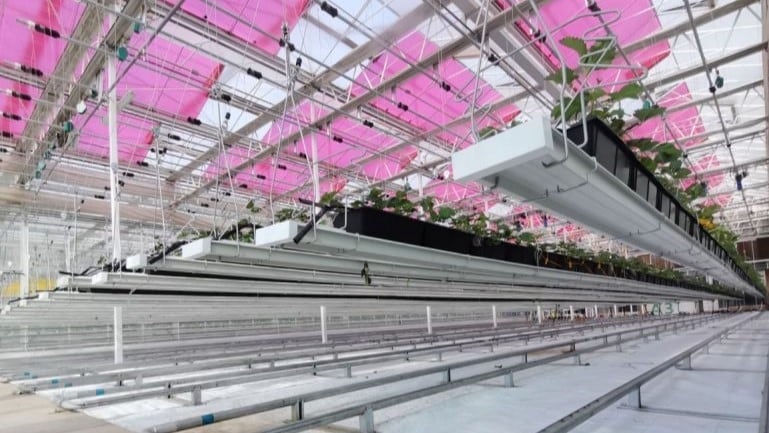On September 3, the Ministry of Agriculture and Rural Affairs (MARA) published a document unveiling China’s ambitious plan to accelerate the development and deployment of new agricultural machinery.
“The objective is to shorten the R&D cycle of innovative agri-machinery and accelerate mass application,” said MARA.
This move aims to address the long-standing challenges within research and development, including slow prototype testing and delayed production.
One of the initiatives is the creations of a “green channel” for urgently needed equipment to shorten testing cycles.
By streamlining the journey from R&D to production to actual field-use, China is aiming to modernise its farming industry as it sets its sight of becoming a powerhouse of agriculture.
“This will accelerate deployment of advanced, applicable agri-machinery at the front line of production, providing strong equipment support for comprehensive rural revitalisation and for building China into an agricultural power.”
Roadmap to success
To achieve this, China has outlined a roadmap with milestones for 2027 and 2030.
By 2027, China plans to roll out pilot testing platforms, “adaptive application centres”, and trial fields, focusing on high-end smart farm machinery and equipment for hilly and mountainous regions.
“Pilot projects for large-scale adaptive application will be promoted, particularly in hilly regions, to expand to county-level and beyond.”
Testing capabilities will be strengthened, real-world application scenarios expanded, and the R&D system refined to better link innovation with industrial-scale production.
“Pilot verification capabilities will be rapidly enhanced, application scenarios will be expanded, and the innovation mechanism and model for industrialisation-oriented R&D will be further refined,” said MARA.
The initiatives set for 2027 will lay the groundwork to achieve its overarching goals set for 2030, which envisions a fully integrated system where research and development cycles are significantly shortened.
“By 2030, R&D cycles will be significantly shortened, industrialisation of scientific achievements will be greatly enhanced, a high-level pilot verification system will be basically formed, large-scale adaptive application scenarios across the entire planting, breeding, and processing industry chain will be largely covered, and the pilot verification and adaptive application system will operate efficiently.”
Farmers first
Farmer feedback and market validation would be central to evaluating success rather than patent counts or academic paper publication.
This approach aims to ensure that the machinery produced will be practical, reliable, and suited to local conditions.
“Goals will emphasise breakthroughs in key technologies and small-batch production and sales, with focus on machine reliability, technological advancement, product innovation, unit sales, and area of application. Publication of papers and patent counts will not be hard requirements. Market and user testing and evaluation of scientific achievements will be actively promoted.”
To encourage adoption, MARA encouraged the use of livestreaming to reach farmers.
MARA emphasised collaboration across the entire industry.
For instance, agronomists and crop experts will be part of R&D teams to ensure machinery design aligns with farming systems, cultivation models, breeding processes, and variety needs.
“Extension bodies at all levels will participate fully, organising performance tests, collecting data, identifying issues, and recommending improvements.”




